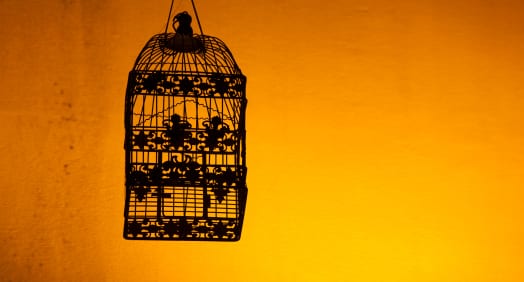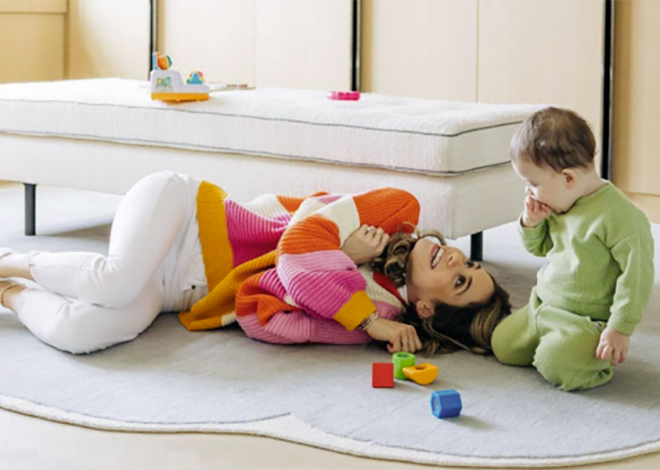 After I finished reading the New York Times bestselling book, The Obamas, by Times reporter Jodi Kantor, I came to this not-so-pretty conclusion: It sucks to be the first lady.
After I finished reading the New York Times bestselling book, The Obamas, by Times reporter Jodi Kantor, I came to this not-so-pretty conclusion: It sucks to be the first lady.
Wait . . . let me add a caveat or two: If you are a woman who a) has ambition b) is educated c) has a profession that you like d) want to actively be engaged in public policy issues (and have the experience/expertise to do so) e) want to be free from non-stop harassment about everything from your clothing and parenting, to your vacations and relationship with your spouse, then living in the Oval Office as the first spouse would be a crappy job for you.
No way would I want to be standing in Michelle Obama’s shoes, even if they happen to be pricey, designer pumps and she has a household staff that cooks, cleans and carts her kids around. (I could sure use a staff, but I’m not willing to pay that she’s paid the price she’s had to pay for it.)
As I read The Obamas, I kept shaking my head and wondering why anyone would actually want to be a first lady, a thankless, largely ceremonial post that requires women to walk around like big targets who get criticized for everything and anything they do. The first spouse is given precious little power, even though she’s expected to use her political influence and wifely charm to get her husband elected, appear at fundraisers for her husband’s political party and support other party candidates whether she likes the person or not. It’s an unpaid job where she gets little say in her daily life – there are all these so-called “mandatory” lunches and events to which the first lady is involuntarily signed up to attend – and if she dares to object to anything, be anything other than a lackey who is expected to jump when the presidential aides say, “Jump,” she’s called a diva, a pain in the neck, an elitist, spoiled . . . the list of insults is long indeed.
We, apparently, still want our first ladies to be seen and not heard, unless the first spouses are talking about White House events, floral arrangements, classical music, tea parties and universally loved charities. We want them to look feminine and appear to be non-threatening, like a bouquet of old fashioned, hearty American daisies in a glass vase (transparent so we can see through it). We don’t want to know or even think about a first lady — regardless of how educated, professional or experienced she is – advising her husband, for whose campaign she toiled, on what to do in the highest office in the land.
“The role was just extremely difficult,” Kantor wrote. “To be first lady meant enduring scrutiny and confinement; watching your husband make excruciating decisions and then be attacked for them; and advising in secret, rarely acknowledging your real influence. Openly influential first ladies like Nancy Reagan and Hillary Clinton were deemed meddlers, unelected figures who held unearned power . . . [The] hardworking, canny wives . . . were exiled to the East Wing and recast solely as helpmates.” (It’s worth pointing out that White House aides, who are apt to hound the first ladies, weren’t elected either.)
It’s 2012. You’d think we, as a culture, would be beyond trying to shoe-horn every first lady into a prefab gilded cage where she’s seen and not heard in a voice above a whisper. But we’re not. If a first lady (yes, I’d love for there to be a first gentleman in my lifetime but thus far, no dice) does indeed like the “traditional” role of a demure lady who lunches, bully for her. Go for it, embrace it. But if she’s not, she ought to gird herself to be crucified, while we, as a nation, are content to waste her talent because we just want her to tell us about the White House Christmas tree and shut up about policy.
Over and over again in The Obamas, Michelle Obama’s difficulties with being confined by another era’s notion of “first-lady land,” were chronicled, particularly in a chapter which Kantor pointedly called, “The Lady Who Did Not Lunch.” When Barack Obama finally won enough delegates to secure the Democratic nomination for president in 2008, his advisers pressed his wife to transform herself from the strong, accomplished, career-oriented mom of two into . . . something that she wasn’t. Kantor quoted an unnamed adviser – there were many loose-lipped, unnamed advisers gabbing in this book — describing the “new Michelle” that was unveiled for the general election where the campaign had her appear on morning TV shows to chat about food and pantyhose. “We went into a little fluff,” the aide said, “a more traditional role.” The aide said the goal was to transform Michelle Obama into the beloved, fictional Claire Huxtable.
Once Barack Obama was elected, Michelle Obama’s offers to utilize her experience from working at the University of Chicago Medical Center to help the administration’s push for health care reform was rebuffed. She was relegated to a world of compulsory tea cups and china patterns. “. . . [S]he was especially dissatisfied with her part in the administration,” Kantor revealed. “. . . [S]he felt ignored by her husband’s advisers and undersupplied with resources . . . Whatever little structure the role carried was dictated by a series of mandatory events.”
White House aides, Kantor was told, became irritated and vocal when the first lady would buck their attempts to commit her to events and to campaign for people without even consulting her office. “If [first ladies] refused to go [to events], political aides sometimes saw them as high maintenance, unwilling to help with key tasks and willing to disappoint supporters; if they always said yes, they lost independence and control, precious commodities for any political spouse,” Kantor said. Who could blame Michelle Obama for getting steamed that she was used as a prop, a mere pawn, without the courtesy of her husband’s underlings treating her like a fellow professional?
Take Michelle Obama’s penchant for wearing high-priced designer duds, which contrasted with the off-the-rack, working mom style she projected during the primary campaign. Once Barack Obama was elected, Michelle Obama started giving more serious thought to what unspoken messages the first family projected. “She was . . . acutely aware that she and her family were the country’s, and the world’s, most important African American role models,” Kantor wrote. “Changing stereotypes was part of why the Obamas had run in the first place, part of why she wanted everything to look as beautiful and refined as possible.”
But then White House officials, citing the dour economy and high unemployment numbers, started grumbling about the first lady’s wardrobe and, as Kantor observed, the East Wing’s “emphasis on style gave the political advisers . . . the willies.” “In general,” Kantor added, “her clothes made a lot of aides nervous.” Yet the moment Michelle Obama dared to step outside one day to walk the dog, make-up-less and clad in shorts, she got slammed for looking sloppy, un-first ladylike.
Imagine getting grief from inside the White House, from members of the administration, as well as from the news media, web sites, talk shows and political opponents over practically everything you do. It’s hard to imagine how the first family wouldn’t feel under siege. As the Republican candidates and their spouses traverse the early primary states and the Obamas gear up for round two in the presidential sweepstakes, how many of the candidates’ spouses do you think are secretly praying that their husbands will lose so they can have lives that are really their own?
If Barack Obama is re-elected, I hope that Michelle Obama will continue to plow ahead — no matter the resistance she encounters — and tries to carve out a little more breathing room for the first lady to be an authentic reflection of modern women, for her sake and for the sake of future first spouses. And I hope that the public gives that first spouse a break. It’s an impossible job.





